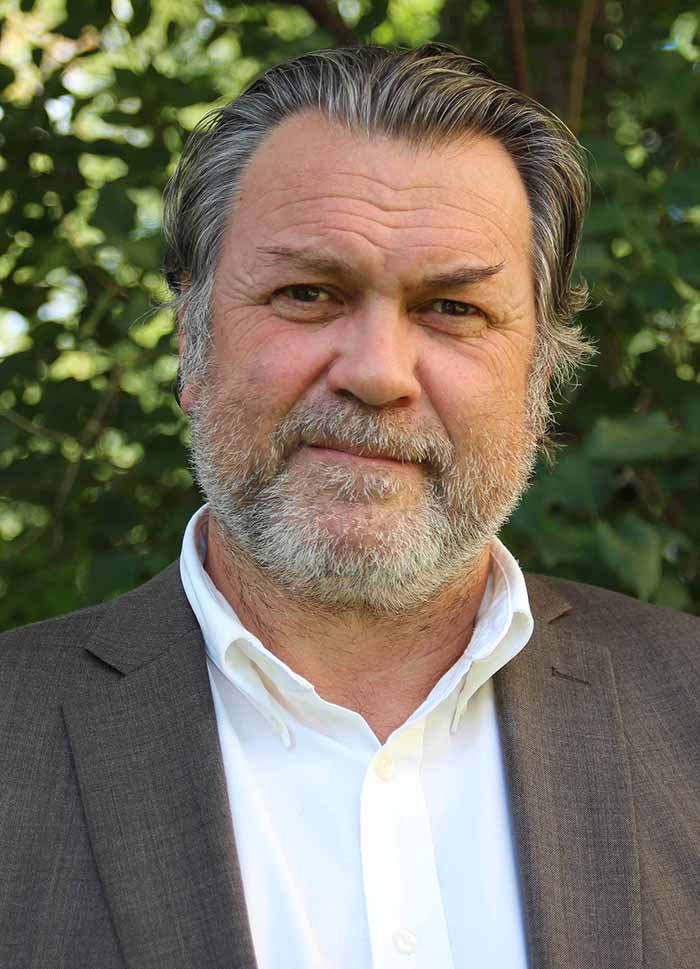Charred Memories: Ephemeral survivors in my uncle’s burnt-out home
Archaeologist Professor Hein B. Bjerck is part of the CAS research project After Discourse: Things, Archaeology, and Heritage in the 21st Century. In the group’s Friday seminar he shared his reflections on the scorched things that survived the fire in his eighty-five-year-old uncle’s home in 2013. The lost home was pivotal to Bjerck’s memories: initially the home of his grandmother, later taken over by his uncle, this building was the nearest neighbour to his own childhood home.
Read also: Life among Soviet ruins: – The past is still present
– My uncle took over the house more or less as his mother had left it when she passed away in 1991. He found his own paths and corners, empty spaces on the wall, inserted his things among the things of his mother, carefully adding his home to hers.

As part of the CAS project, Bjerck talks about memory, and about the affective aspects of things and materials that were left in the burnt house. His uncle survived, but lost all his things:
– I have seen a house on fire many times, but I have never seen the inside of a burnt house—what was left in the wake of a flaming frenzy.
Bjerck shows me a miniature picture of a flamenco dancer, still in his elegant pose, his white shirt turned black, his face disfigured.
Things are alive without motion
– There was a perverted aesthetics to it, how things combined what they once were and what had happened. All the things had just been sitting there, as if they had been indifferent, waiting to be burned to ash, melted, charred, cracked, blackened, immersed in stinking gasses. The evil of it. The fire had taken no pride in finishing off its victims. Remember, things are alive without motion. Thus, the scene was like a battlefield with still living corpses, marked and maimed.
– The fire parted things and humans, and broke apart an entangled family ‘memoryscape’. The memory of the fire was like a sordid veil, a stench on top of all the other memories that was embedded in the things, forever depriving them of their possibilities to come back to what was.
Burned or not, a large part of the memories is not in the things themselves, but in their relation to a cognitive mindscape of a human being. Thus, it is not possible to inherit a memoryscape; it is impossible to hand it over to a new generation. Every day, Bjerck’s uncle could see the Flamenco dancer; it was an object bought as a memento of his mother’s trip to Torremolinos in southern Spain in the late 1960s. Bjerck observes that he could never know how this souvenir related to his mother’s memories:
– For her, perhaps the most important memory was not the thing in itself, but the attraction to a man she met at the terrace that day, that hot day that ended with the heavy rainstorm, and that they were both happy to be trapped below the canvas shelter. Nobody can know the infinite entanglement of a person’s memories.
Karoline Kvellestad Isaksen